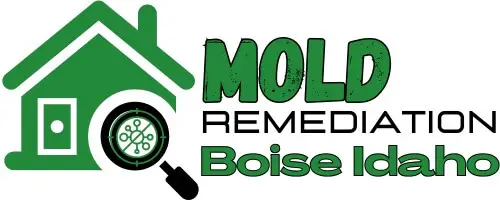Mold is not just an unsightly problem; it can have serious consequences for your health and the structural integrity of your home. Unfortunately, mold often grows unnoticed until it has become a significant issue. Recognizing the signs of mold early can save you from costly remediation efforts and prevent health complications. Here are the top 10 signs you may need mold remediation in your home.
1. Persistent Musty Odor
A persistent musty or earthy smell is one of the earliest and most common indicators of mold in your home. Even if the mold is not visible, the odor can linger in the air, particularly in areas like basements, crawl spaces, or attics. If you notice this kind of smell regularly, it’s worth investigating the source further.
2. Visible Mold Growth
Visible mold is the most obvious sign that you need remediation. Depending on the type, mold can appear in various colors, such as black, green, gray, white, or even orange. It often starts as small spots that may quickly expand if not addressed. Pay special attention to moist areas or walls that are discoloring.
3. Increasing Allergy Symptoms
If you or your family members have been experiencing an uptick in allergy-like symptoms, mold may be the culprit. Symptoms like sneezing, nasal congestion, itchy or watery eyes, and throat irritation can worsen with prolonged exposure to mold spores, especially in individuals with sensitivities or respiratory conditions.
4. Unexplained Respiratory Issues
Beyond allergic reactions, mold can cause more severe respiratory problems. Difficulty breathing, wheezing, or frequent chest tightness may indicate mold exposure. People with asthma or compromised immune systems may notice these issues more acutely in areas affected by mold.
5. Water Damage or Leaks
If you’ve recently experienced water damage from a storm, burst pipe, or flooding, mold will likely follow if the area isn’t adequately dried. Even small leaks under sinks or behind walls can provide the perfect conditions for mold growth. Be vigilant about inspecting for signs of damage after water events.
6. Peeling or Bubbling Paint and Wallpaper
When there’s moisture trapped behind your walls, it can cause paint or wallpaper to peel, bubble, or warp. This is often a sign of water ingress, leading to mold development. Any changes in your walls’ appearance may indicate an underlying issue worth investigating.
7. Staining or Discoloration on Surfaces
Mold frequently causes discoloration on walls, ceilings, or floors. You may notice dark streaks, spots, or even unusual greenish or black patches. Sometimes, these stains are in hidden areas, like under carpets or behind furniture, making them harder to detect.
8. Warped or Damaged Flooring
If wood floors, tiles, or carpets begin to warp, buckle, or feel soft underfoot, moisture or mold may be beneath. This is particularly common in basements or bathrooms where moisture levels are higher.
9. Condensation on Surfaces
Excessive condensation on surfaces like windows, walls, or pipes can indicate high humidity, creating the perfect mold environment. Over time, constant condensation can contribute to mold formation, even if mold isn’t immediately visible.
10. Unusual Health Symptoms That Persist
Prolonged mold exposure can result in various health symptoms, including headaches, fatigue, skin rashes, and even cognitive impairment in severe cases. If you or members of your household are experiencing unexplained health issues that seem to improve outside the home, mold may be to blame.
Why Act Quickly?
The sooner you address mold issues, the easier and less expensive the remediation will be. Ignoring signs of mold can lead to further damage and health risks, so it’s essential to act promptly. If you’re experiencing any combination of these signs, consider contacting a professional mold remediation company to assess and address the problem efficiently.
Taking preventative steps to maintain proper ventilation, control humidity levels, and fix leaks promptly can also reduce your likelihood of a significant mold problem. Being proactive about mold prevention & remediation ensures you protect your home and your family’s well-being.



